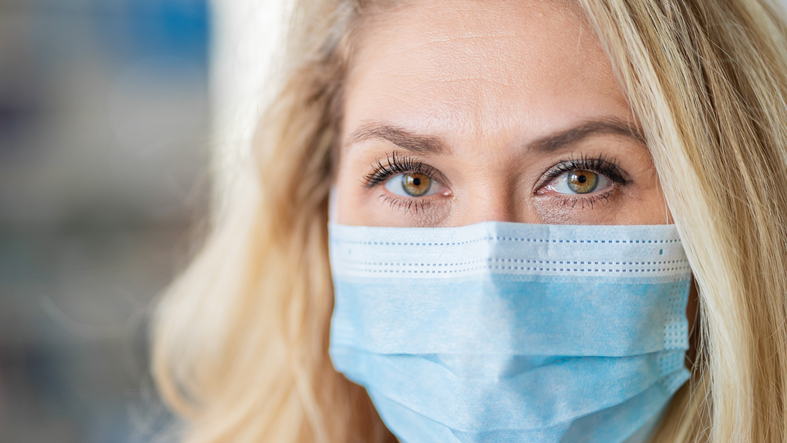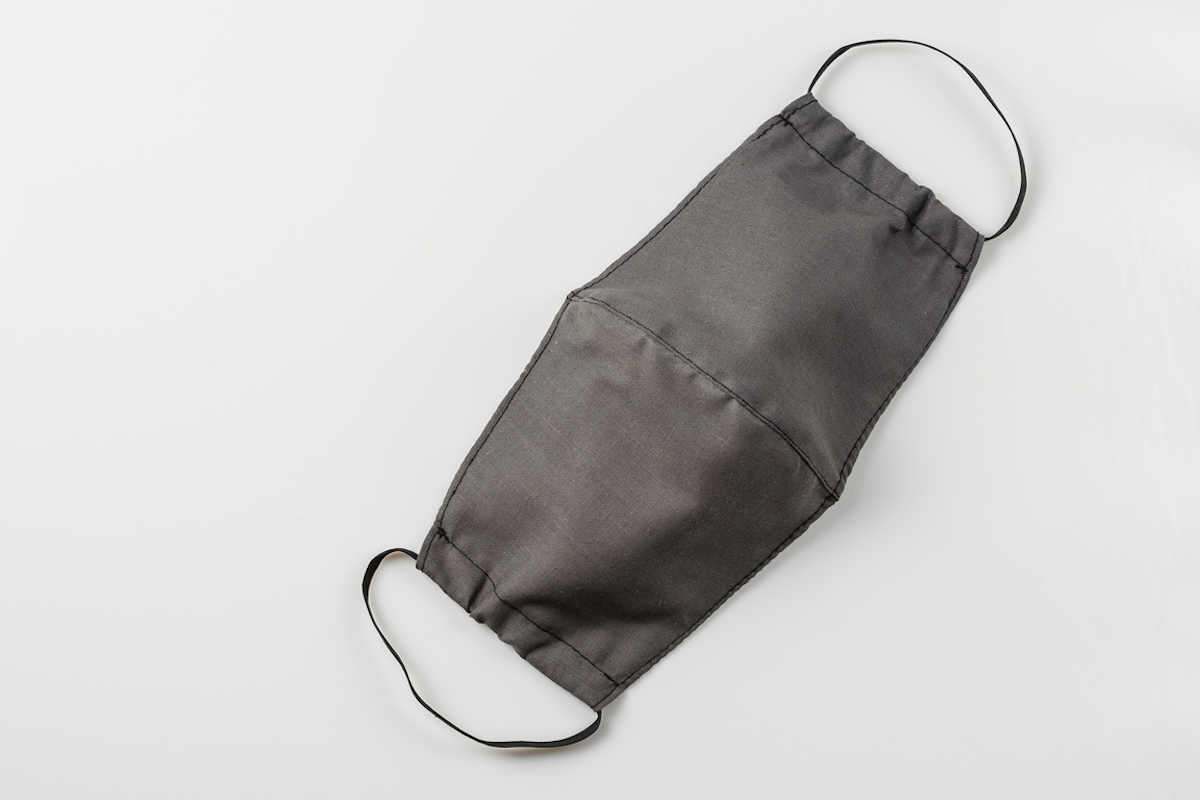With so many different styles—from standard surgical masks to homemade variations to N95s—it’s important to understand not only how exactly masks help stop the spread of coronavirus, but also the things that make your mask far less effective than it could be. So, what’s the biggest problem of them all? Not paying attention to your mask’s filtration abilities. Read on to learn more about why you need to avoid this common mask mistake at all costs. And for more on stopping the spread of coronavirus, check out This One Thing Is Better at Protecting You From COVID Than Your Mask. Read the original article on Best Life. According to a group of scientists consulted by The New York Times, the fibers of your mask’s material, such as cotton, “present a dense forest that the particles must navigate as they move with the air stream. The laws of physics influence how the particles interact with the fibers and how well the mask can capture them.” And for more on PPE protocol, check out The CDC Now Says You Should Wear Your Mask in These 7 Places.ae0fcc31ae342fd3a1346ebb1f342fcb Large COVID particles are the easiest to trap, according to the same group of scientists, because they “slam straight into the fibers and get stuck when the air stream brings them within touching distance.” The smallest particles are caught in a slightly different manner, but are also fairly easy to contain. Due to their size, they are bounced around by air molecules in a random pattern, which increases “the time they spend in the fiber forest and their chances of getting captured.” Medium-sized particles, however, are by far the most difficult to prevent from getting in or out of your mask’s defensive barrier. The reason this is the case, is because particles of this size “follow the air flow, twisting and turning around the fibers.” And to learn more about what to do when interacting with others, This Is Exactly How Long You Can Safely Spend With Someone While Maskless. The unanimous consensus among experts is that N95 masks provide the most protection of all mask varieties. They are able to catch 95 percent of the difficult-to-trap medium particles, hence their name. They also catch more small and large particles than other masks. N95s are made of synthetic fibers that are randomly and densely constructed, making it much harder for particles to get through. In addition, they are the only masks that have an “electrostatic charge that attracts and captures particles of all sizes,” The New York Times reports. And for more helpful information delivered to your inbox, sign up for our daily newsletter. An April 2020 study looked at the filtration efficiency of different mask materials. The researchers found that in general, chiffon and flannel provide appropriate filtration of both small and large particles (at least 50 percent of droplets were trapped by these fabrics). Meanwhile, satin and synthetic silk were considered to be inefficient for filtration, trapping less than 30 percent of particles. While N95s are the best, surgical masks and other cloth versions also help curb the spread of COVID. To ensure that is the case, however, the right fit is essential. Your mask should meet three criteria: a large surface area, a tight fit around the edges, and a space around your nostrils and mouth. The space around your nose and mouth, which experts call the “breathing zone,” is arguably the most important factor. When you have the right breathing zone, it increases the chances that particles will encounter, and be trapped by, a mask fiber. And for more on where COVID is spreading, check out These 10 States Are Starting to Lock Down Again.

